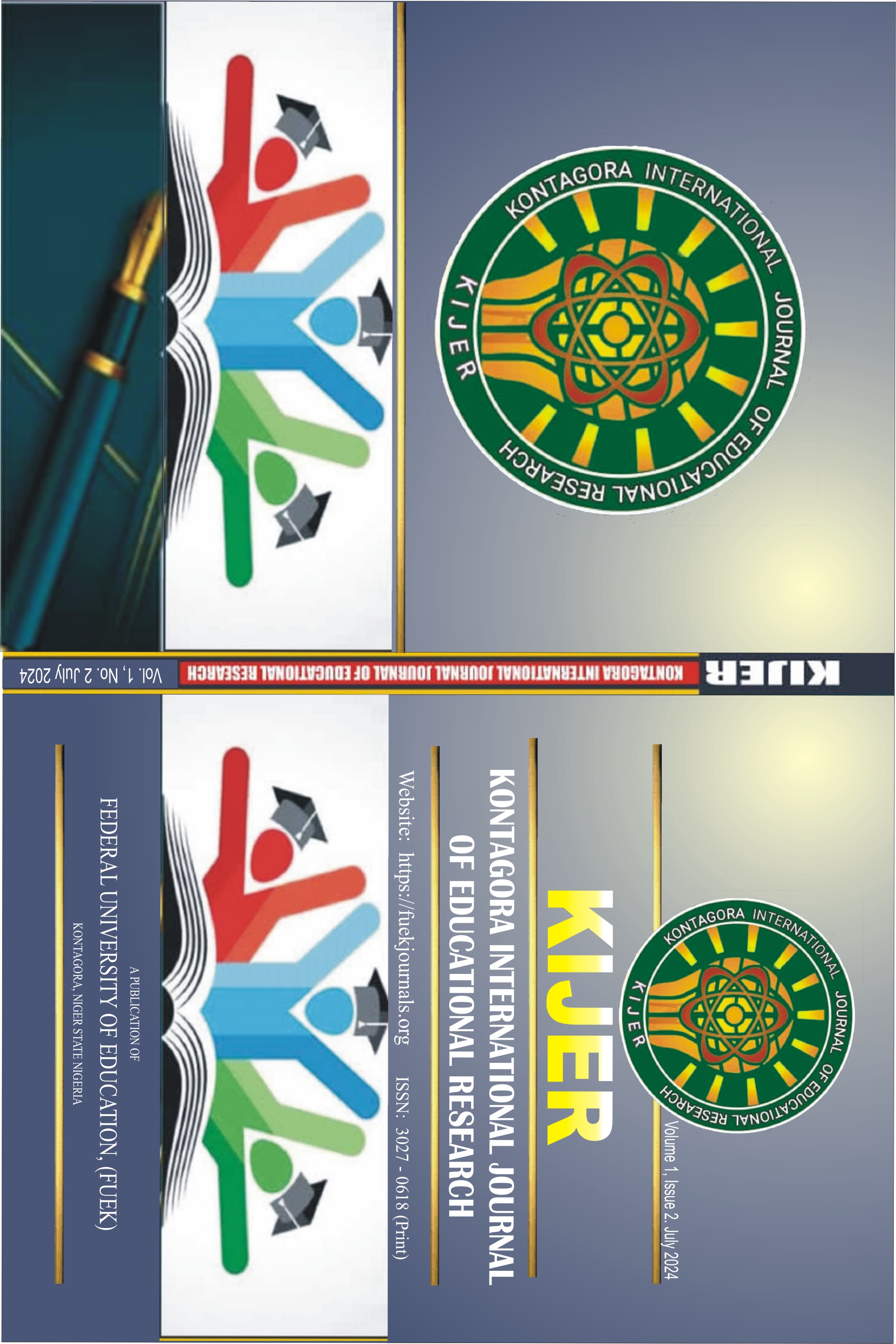Restorative Capacity of Tectona Grandis and Gmelina Arborea on Degraded Soil
DOI:
https://doi.org/10.5281/zenodo.13146410Abstract
Tectona grandis and Gmelina arborea, as fast growing agro forestry species were used to restore the quality of a deliberately degraded Utisol at Onne. The soil was deliberately degraded by bulldozing the vegetation and the surface soil was scrapped off. Properties of the soil were evaluated before and twenty-two years after the establishment of Tectona grandis and Gmelina arborea fallows. Tectona grandis had a cumulative restorative capacity of 4953.60 kg soil materials on one hectare of land in one year with 3343, 60, 5.20, 1336, 200 and 9.4 kg as organic matter, N, P, Ca, Mg and K respectively, whereas Gmelina arborea had cumulative restorative capacity of 2830.65kg soil materials / ha/ yr with 1570, 30.1, 1.95, 1071, 147 and 10.6 kg as organic matter N, P, Ca, Mg and K respectively. The relatively better effect of Tectona grandis over Gmelina arborea was attributed to the slow decomposition of its lower quality litter which resulted to production of more stable organic matter in the long run. The use of the species for soil fertility restoration increased maize yield with Tectona having maize grain yield of 17.8% over that of Gmelina and 27.8% over natural fallow


